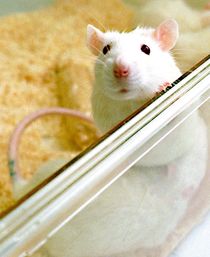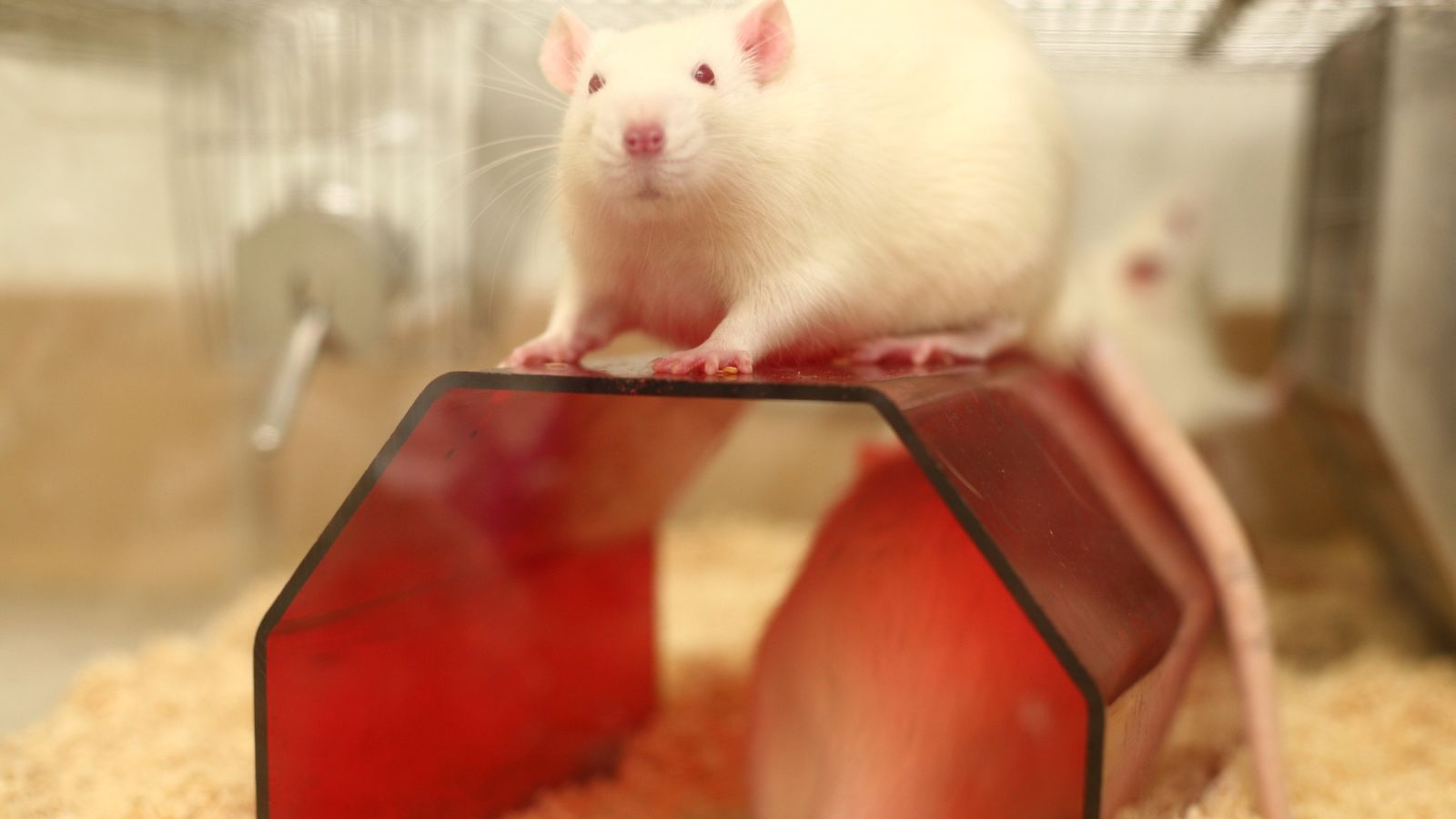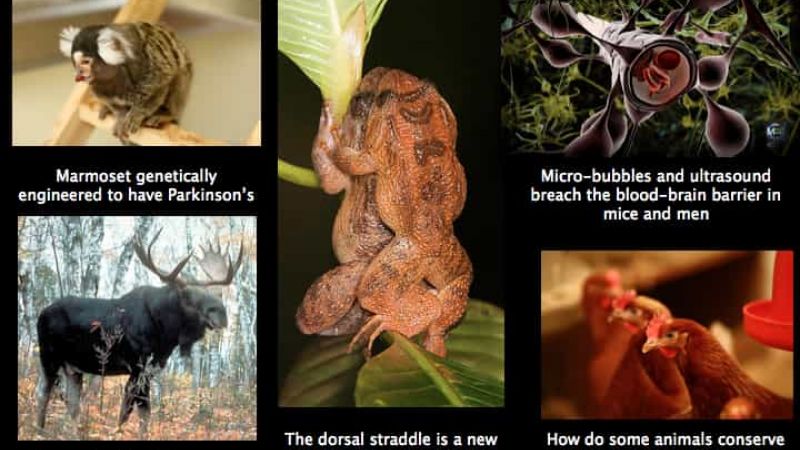Text to go here...
 Experiments in rats have uncovered how a protein believed to cause the symptoms of Parkinson’s disease is able to spread between nerve cells and damage the neural networks of the brain. The team believe the mechanism is similar to that found in mad cow disease. As well as revealing a pathway crucial to the progression of the disease, the work has established an experimental model by which potential treatments can be tested.
Experiments in rats have uncovered how a protein believed to cause the symptoms of Parkinson’s disease is able to spread between nerve cells and damage the neural networks of the brain. The team believe the mechanism is similar to that found in mad cow disease. As well as revealing a pathway crucial to the progression of the disease, the work has established an experimental model by which potential treatments can be tested.
Parkinson’s is the second most common neurodegenerative disorder after Alzheimer’s disease. Both are believed to be caused by the build-up of misfolded proteins, which impede or kill nerve cells. In Parkinson’s, this protein is called α-synuclein. Years ago, in an experimental technique, foetal neurons were transplanted into the brains of patients with Parkinson’s. In some cases this did improve symptoms. But when the patients died 10-20 years after the transplant, scientists found α-synuclein in the transplanted neurons, suggesting that the protein could “infect” healthy cells.
Experiments since have struggled to explain the phenomena. This recent study shows that human α-synuclein produced in the brains of rats genetic engineering to make the human protein, spreads via the endocytosis pathway into transplanted healthy neurons.
α-synuclein, secreted by diseased cells, is engulfed by the cell membranes of neighbouring cells and so the disease spreads. The scientists also found that once inside the cells, the misfolded protein corrupts healthy α-synuclein, causing further misfolding. By understanding this molecular process scientists might be able to design drugs to stop it. The genetically engineered rats also provide a “model” of Parkinson’s disease, which can be used to test potential treatments that might slow or prevent the disease.
Last edited: 11 March 2022 15:43




